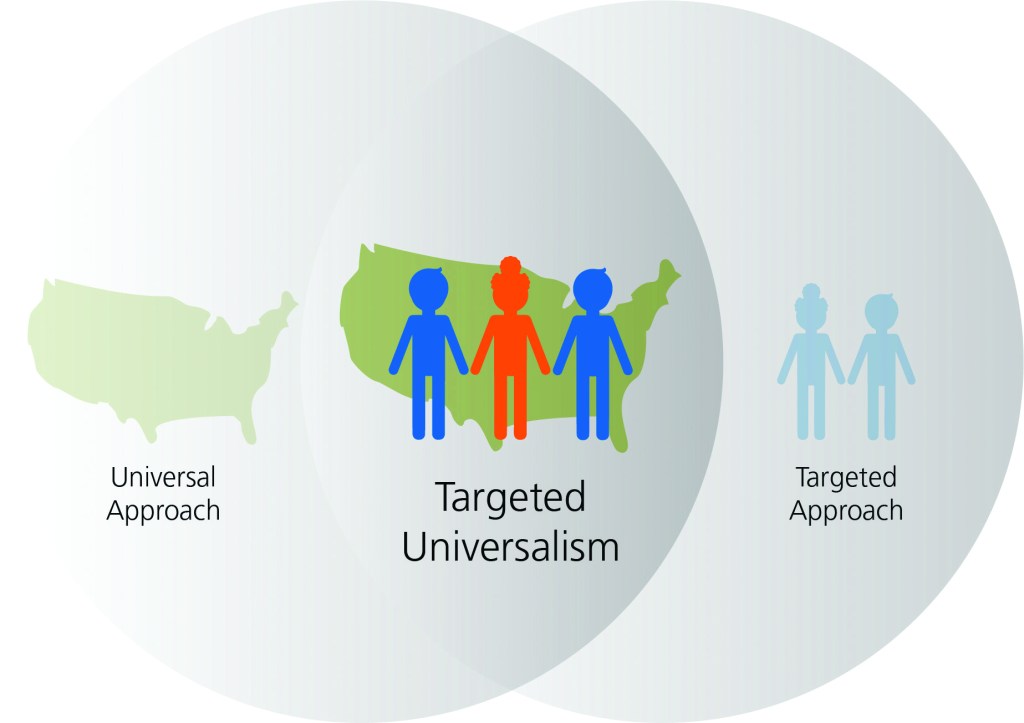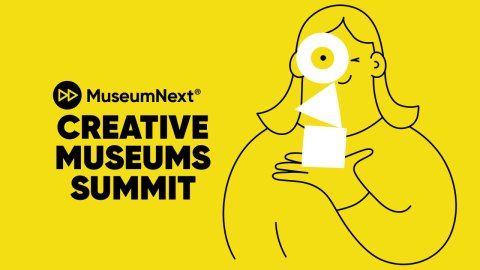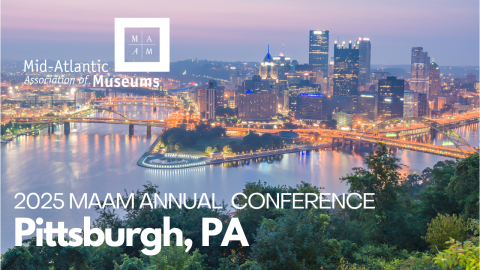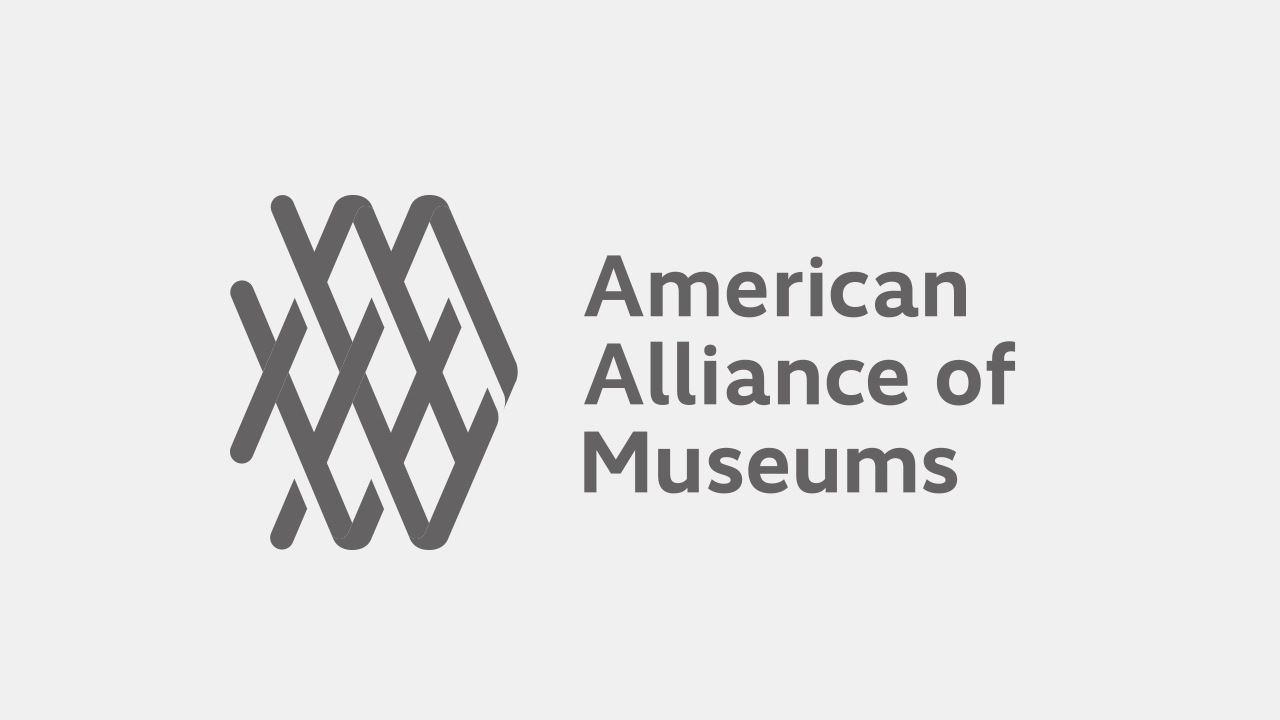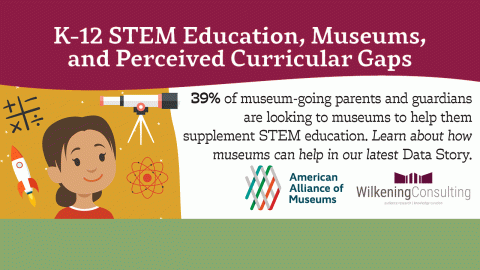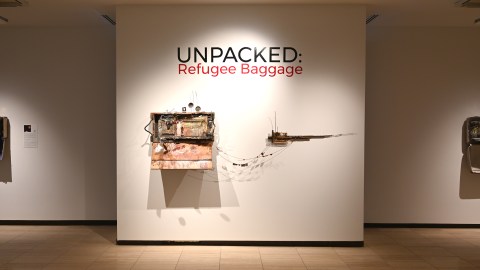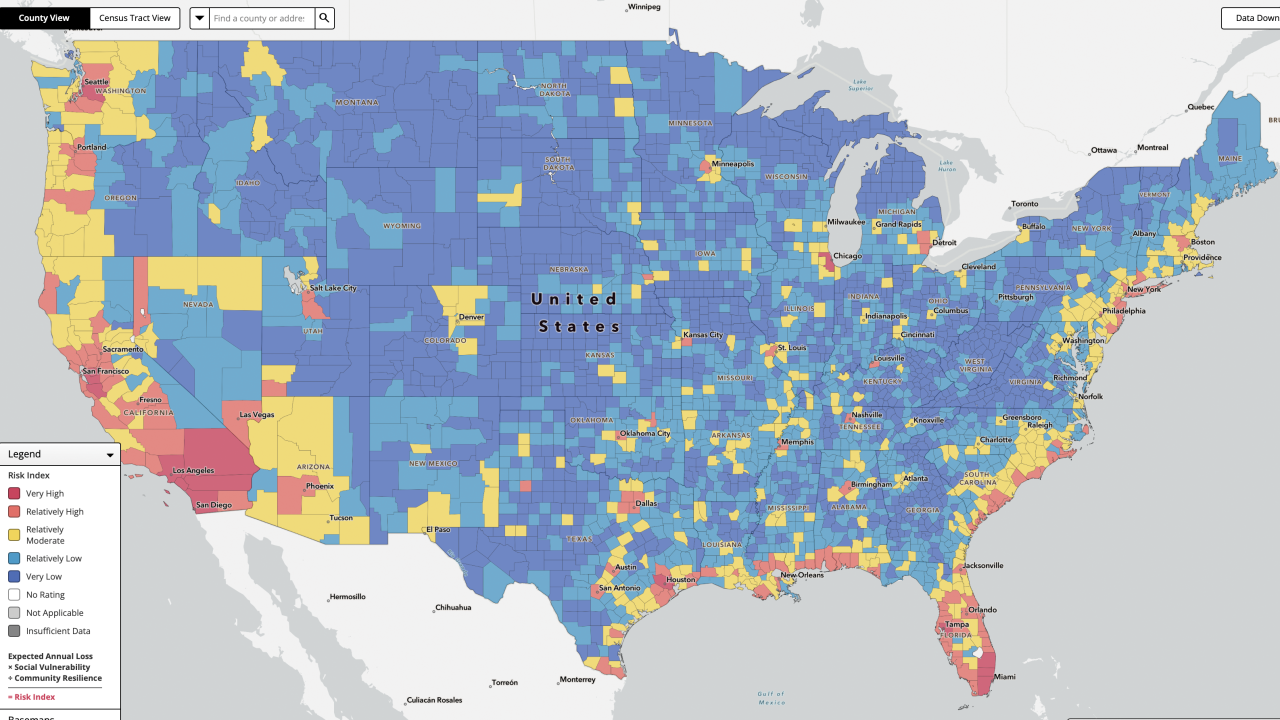
A brief guide to terms that may be popping up in your newsfeeds.
This article originally appeared in Museum magazine’s January/February 2025 issue, a benefit of AAM membership.
Managed retreat: the proactive relocation of people and infrastructure in the face of climate change. Between 1989 and 2019, the US Federal Emergency Management Agency funded managed retreat in over 1,100 counties in 49 states. As A.R. Siders, a professor at the University of Delaware, has pointed out, climate change is likely to require managed retreat at much larger scales going forward. The effect of sea-level rise on coastal areas is ominous: real estate worth $1.4 trillion is already located within 700 feet of the US coast, and sea-level rise is projected to affect 4–13 million Americans in the continental US. Over a third (34.6 percent) of US museums sit within 100 kilometers of the coast, and a quarter of those are in areas that score very high on the US Geological Survey’s coastal vulnerability index, meaning they face high risk from rising sea levels and increasingly severe storms. As Hurricane Helene demonstrated in 2024, inland “climate havens,” such as Ashville, North Carolina, are at risk as well. In the future, communities across the country may need to retreat from areas at risk from heat, fire, extreme precipitation, and inland flooding.
Targeted universalism: an approach to promoting diversity, equity, and inclusion (DEI) that seeks to be effective while minimizing backlash. “Universal” policies (such as social security) that lift all boats can garner broad appeal but may be costly. Also, some universal benefits may inadvertently increase inequality by helping some more than others. For example, when Massachusetts implemented universal health insurance in 2006, that reform actually widened the gap between well-resourced areas and those with inadequate access to health care providers: insurance alone was not enough to address the barriers to health care in poor, and predominantly BIPOC communities. Targeted interventions (such as affirmative action) can decrease inequity but may spark resentment about special treatment. Targeted universalism seeks to combine the strengths of each approach by implementing universal goals via interventions designed to be effective for specific groups. For example, the first step toward reaching a universal goal of “95 percent of all students graduate from high school” might be identifying and addressing impediments for specific groups of teens. Tailored interventions might include after-school tutoring, reducing absenteeism by providing transportation and meals, or creating positive peer interactions through social and sports activities.
